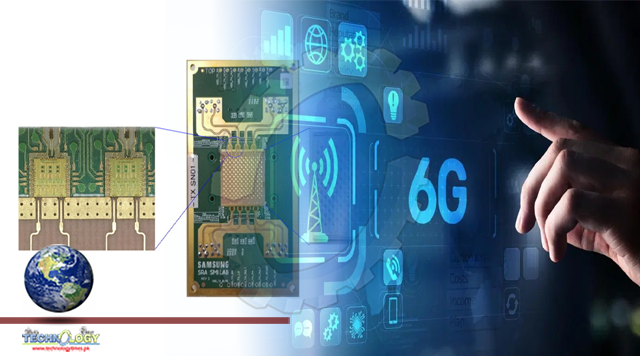Samsung Electronics has announced that it has teamed up with researchers from the University of California Santa Barbara to demonstrate the 6G Terahertz wireless communication prototype.

By Satsuki Then
Researchers from Samsung Research, Samsung Research America, and the University of California, Santa Barbara, revealed their work at a recent workshop on Terahertz communications at the IEEE International Conference on Communications.
The team introduced the potential impact that terahertz can have on next-generation 6G technology by demonstrating an end-to-end 140 gigahertz wireless link using a fully digital beamforming solution.
Samsung says that it has been at the forefront of innovation and standardization when it comes to 5G and 6G technology. Researchers believe the new spectrum opportunities in the terahertz spectrum will become a driving force for 6G technology.
The team’s demonstration is considered a significant milestone in exploring the feasibility of using the terahertz spectrum for 6G wireless communications.
A significant benefit of the terahertz band is that an enormous amount of available spectrum enables wideband channels with tens of gigahertz-wide bandwidth. Researchers believe that bandwidth can provide the means to meet the 6G requirement of terabits per second data rate.
At that peak data rate, 6G would be 50 times faster than 5G, and over-the-air latency could be reduced to 1/10 of its current level. Improvements in latency and data transfer speed could enable so-called hyper-connectivity services and improved multimedia experiences such as extended reality and high-fidelity mobile holograms.
The team demonstrated an end-to-end prototype system (seen above) consisting of a 16-channel phased-array transmitter and receiver modules driven by CMOS RFICs in the baseband unit to process signals with two gigahertz bandwidth utilizing fast adaptive beamforming. During over-the-air testing, the prototype system achieved real-time throughput of 6.2 Gbps over a 15-meter distance using adaptive beam steering capability in the terahertz frequency.
Originally published at Slash gear